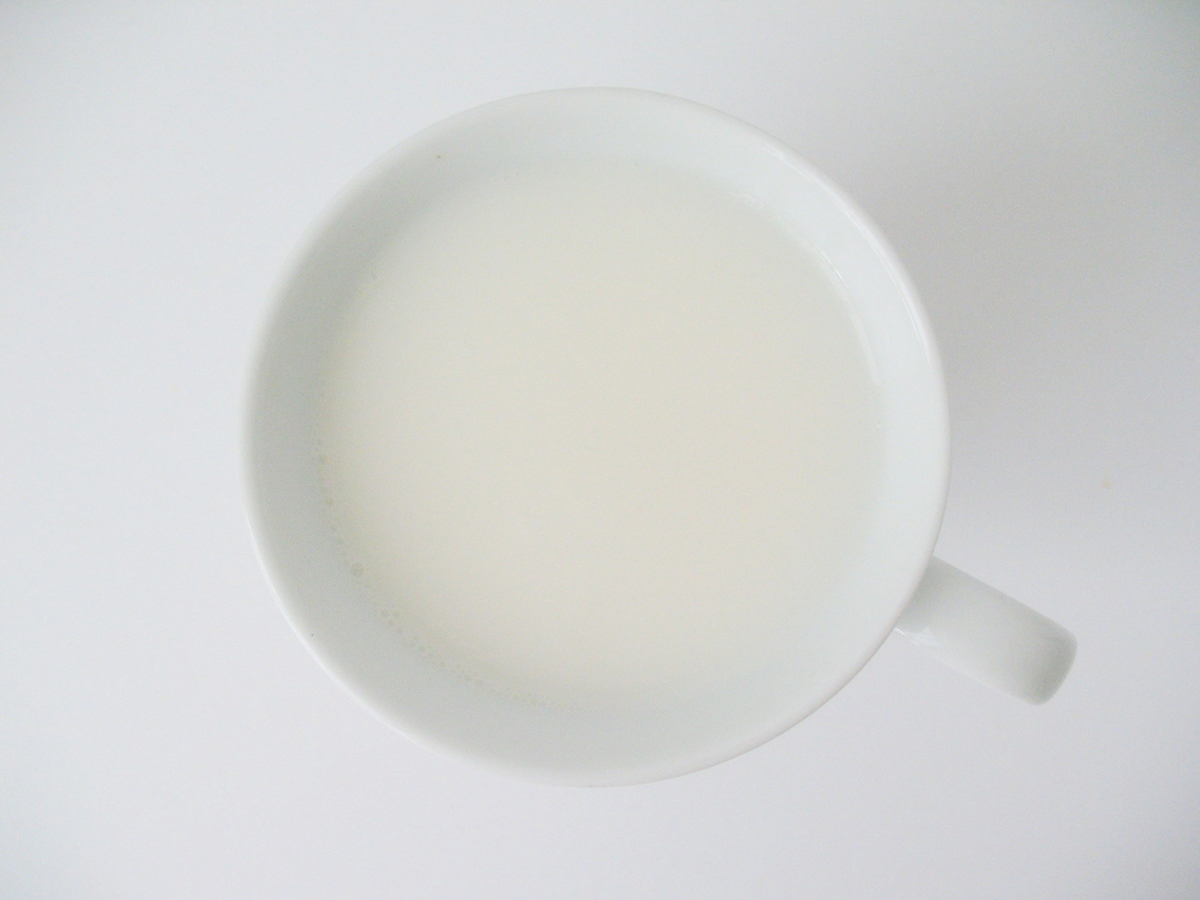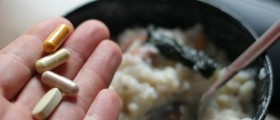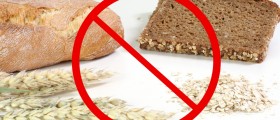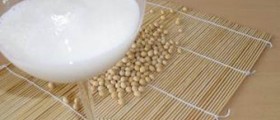
Lactose is the predominant sugar of milk. Lactose intolerance is the inability to digest it in significant amounts and it is a condition that bothers approximately fifty million Americans. This condition is a result of lactase shortage which is produced by the intestine lining. Lactose gets broken down by lactase into simpler forms in order to be absorbed into the bloodstream. The distressing result is triggered by the insufficient amounts of lactase needed for the digestion of lactose.
The production of enzymes gets reduced due to various diseases and injuries of the digestive tract and the small intestines. Lactose intolerance usually develops over time as the body begins to produce smaller amounts of lactase.
Lactose intolerance is characterized by certain symptoms which usually occurs after ingesting food that is rich in lactose. These symptoms includes gas, bloating, cramps, diarrhea and nausea, and their severity largely depends on the amount of lactose a person is able to tolerate. One’s absorption of lactose in the digestive system can be measured using three types of tests: the hydrogen breath test, lactose tolerance test and the stool acidity test.
It is not possible to increase the production of lactase in the human body, but lactose intolerance can be treated fairly easily by means of a carefully planned diet. Different people tolerate lactose in their own individual ways. One must find the perfect diet through trial and error depending on the amount and the types of milk products that can be handled. People who have troubles digesting smaller amounts of lactose can use lactase additives or a lactase tablet in order to digest lactose more efficiently. A solution that is slightly more expensive is the lactose-free milk.
Milk is a very important source of calcium which is very important for the growth, strength and repair of bones. Osteoporosis and fragile bones are usually the result of calcium shortage. People who suffer from lactose intolerance can ingest fish and green vegetables since they are also great sources of calcium but they contain little or no lactose at all. Yogurt is another potent alternative because it contains higher amounts of lactose, but its bacterial cultures actually contribute to the production of lactase. Grocery items that contained lactose are margarine, instant products, processed cereals, bread, candies, salad dressings and certain types of meat. Lactaid can also be very useful because of its ability to reduce lactose to glucose and galactose.
In order to prevent lactose intolerance one should take milk with meals only, ingest low-lactose types of cheese, eat more yogurt, and pretreat milk with products like Lactaid.

















Your thoughts on this
Loading...